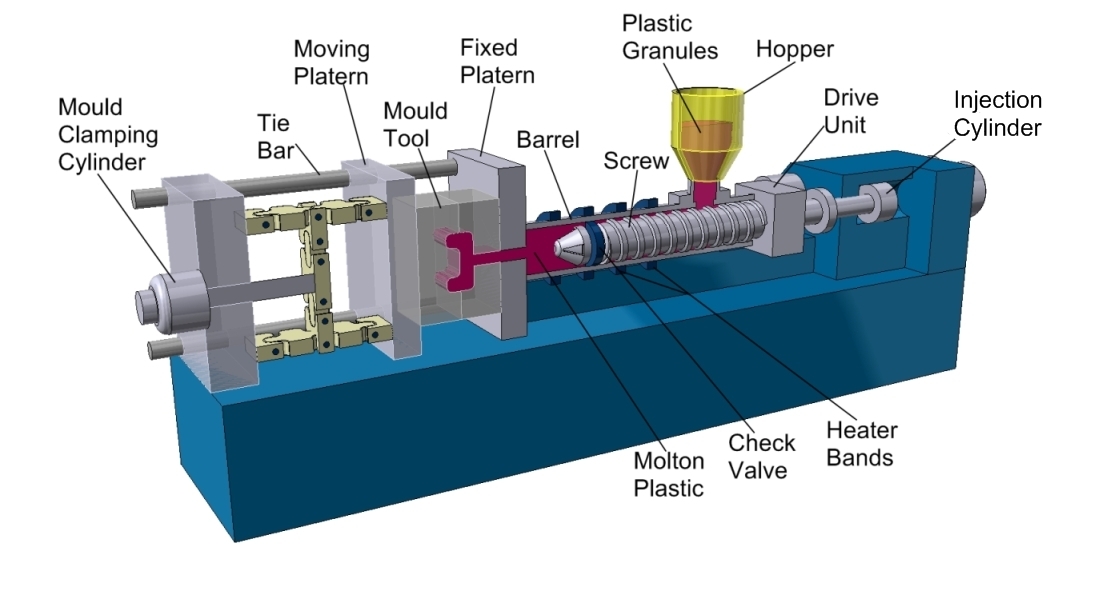Die casting, out of the box commonly understood, can be a process for producing engineered metal parts. The method entails forcing molten metal under underhand into steel molds or dies which might be reusable. These dies may be made to produce complex shapes with a remarkable accuracy as well as repeatability.

This technique is favored by many industries today due to some its advantages over china injection mould. It may be asserted it creates sturdy plus much more durable parts with closer tolerances. Furthermore, die cast parts have greater effectiveness against extreme temperature and still have superior electrical properties.
This technique constitutes injecting molten plastic under underhand right into a die or even a mold. Die casting machines are normally rated in clamping tons, indicating the quantum of pressure these are able to exerting about the die.
There are 2 types of machines and their only basic difference could be the methods used to inject molten plastic right into a die – one includes a hot chamber and the other a cool chamber. A whole cycle can differ from below one second to 3 minutes with regards to the height and width of the specified product. Labeling will help you the best technique for producing precise plastic or non-ferrous metal parts.
It should be stated that it becomes an efficient, economical process supplying a broader selection of shapes and components than any other manufacturing technique. The true secret benefits may be summarized as: very fast production capability /complex shapes within close tolerance limits/ guaranteed dimensional accuracy and stability/ finished merchandise is heat resistant and sturdier than plastic injection moldings of similar dimensions / multiple finishing techniques/ end products can be plated or finished.
In relation to it can be asserted die casting produces sturdier, stronger parts with closer tolerances. The construction of die casting dies is practically the same as that of molds for injection molding. Die cast parts have greater effectiveness against extreme temperature and still have superior electrical properties. Weighed against plastic injection moldings, die castings better assist in preventing radio frequency and electromagnetic emissions. For chrome plating, die castings are much more compatible than plastics.
There isn’t any denying that the art of reworking plastic resins into useful products or components has received a significant affect industrial and commercial spheres. Injection molds is often rather expensive if the desired part quantity is big, the mold cost can become cost-effective in the end. Some molds have course constructed with multiple cavities; these multi-cavity mold contributes to increased production efficiency as well as the cost per part are considerably minimized.
Although a shot molding machine can be a complex piece of equipment, it includes two basic elements, the injection unit as well as the clamping unit. Historically speaking, this method was originally designed only depending on metal designs. Injection molding has gained lots of popularity really short time because of its own peculiar merits and its particular advantages including minimal losses from scrap as scrap pieces may be melted and recycled. Injection molding has minimal finishing requirements and its particular process fundamentally differs from metal die casting – molten metals can simply be poured whereas plastic resins must be injected with force.
For more details about china injection mould browse our internet page: read this
